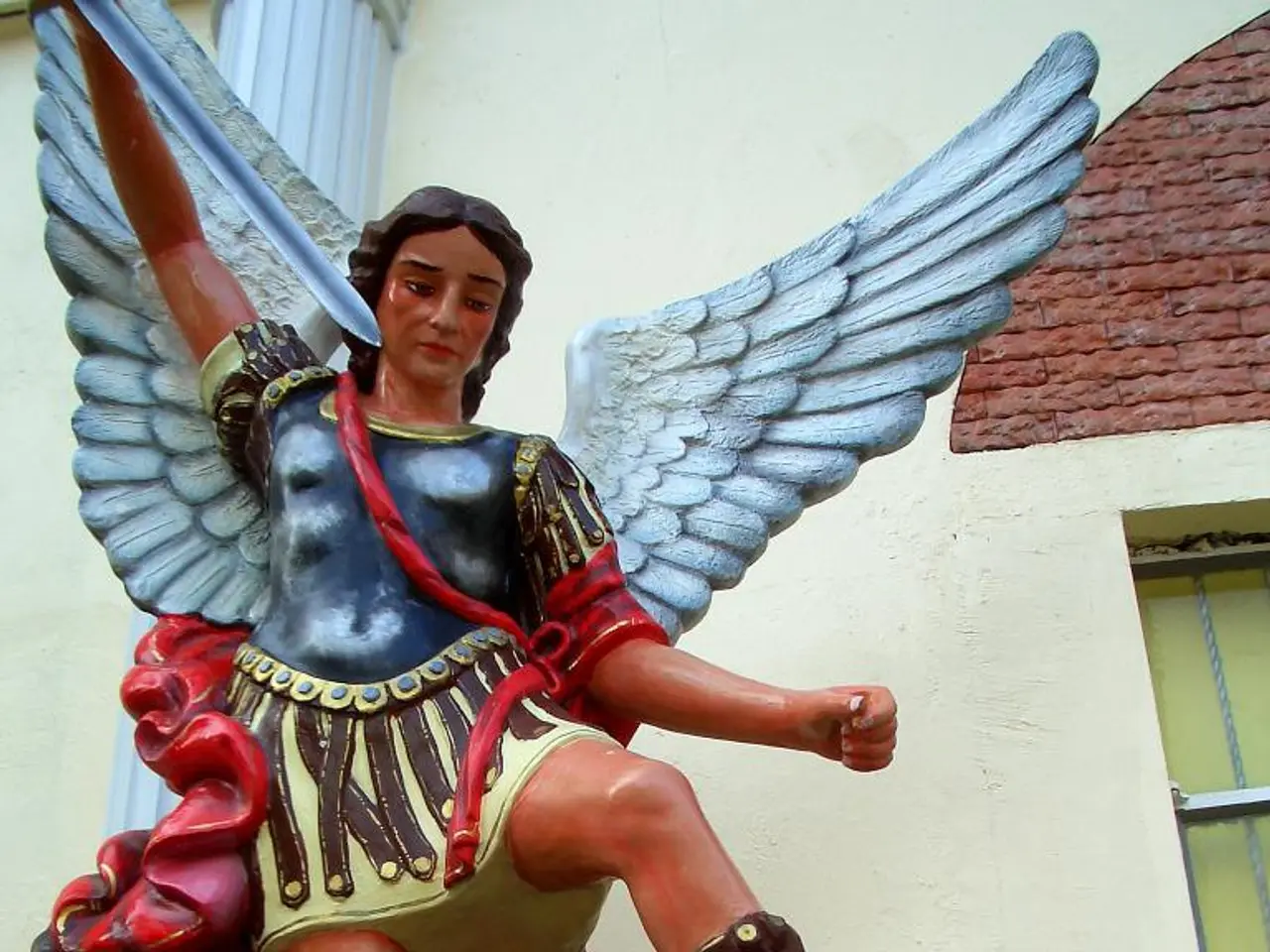Revived Contentious Monument Returned by Trump Administration
The Trump administration has announced plans to reinstall the statue of General Albert Pike in Washington, D.C., a decision that aligns with federal efforts to restore and preserve historical monuments. The statue, which was vandalized during anti-racism protests in 2020, has been in secure storage and is now undergoing restoration by the National Park Service.
The restoration and reinstallation of the statue follow the Executive Order on Making the District of Columbia Safe and Beautiful, and the Executive Order on Restoring Truth and Sanity to American History. These directives instruct federal agencies like the National Park Service to restore and reinstall statues that were removed or damaged, including controversial Confederate monuments, to preserve American history as federally recognized.
The nearly three-and-a-half-meter-high bronze sculpture of General Albert Pike commemorates his leadership in Freemasonry, including his 32 years as Sovereign Grand Commander of the Ancient and Accepted Scottish Rite of Freemasonry, as well as his role as a Confederate general during the American Civil War. The statue was originally authorized by Congress in 1898 and installed in 1901.
Trump has previously signed a decree calling on agencies and local authorities to restore public monuments that had been removed during protests. The move to reinstall the statue follows guidelines set by the Trump administration, emphasizing historic preservation and a comprehensive representation of history, despite Pike's controversial legacy.
The restored statue of General Albert Pike is expected to be seen again in Washington, D.C. in October. The location of the statue is just a few minutes' walk from the Capitol.
The decision to reinstall the statue comes after mass protests against racism and police brutality in the US in 2020. During the Black Lives Matter protests, demonstrators across the country toppled several statues of historical figures associated with racism.
General Pike, a Confederate diplomat, worked with tribes of Native Americans who held slaves and sided with the Confederates. The Confederates fought during the American Civil War (1861-1865) for the independence of the Southern states and the preservation of slavery.
The US President Donald Trump's government plans to reinstall the statue, pushing ahead with Trump's effort to bring historical symbols of the Confederacy back into the public space. The New York Times has written about Trump's efforts to bring historical symbols of the Confederacy back into the public space.
In June, Trump ordered the US military to restore the original names to several bases, which originally honored Southern generals. The Pentagon found a loophole: it officially named other namesakes, not the generals themselves, but deserving soldiers with the same last names as the Southern generals.
The reinstallation of the statue of General Albert Pike is not solely about honoring Pike as a Confederate general but about restoring federally authorized monuments according to the executive orders issued during the Trump administration. The decision has sparked renewed debates about the removal of controversial statues, reflecting the ongoing conversation about race and history in America.
- The reinstallation of the statue of General Albert Pike aligns with policy-and-legislation issued by the Trump administration, following the Executive Order on Making the District of Columbia Safe and Beautiful and the Executive Order on Restoring Truth and Sanity to American History.
- Trump has previously signed a decree calling for public monuments to be restored, not only the statue of General Albert Pike, but also controversial Confederate monuments, in accordance with federal efforts to preserve historical monuments.
- The Trump administration's move to reinstall the statue of General Albert Pike is not solely about honoring Pike as a Confederate general, but also about restoring federally authorized monuments, sparking renewed debates about the removal of controversial statues.
- The nearly three-and-a-half-meter-high bronze sculpture of General Albert Pike is known for commemorating his leadership in casino-personalities like Freemasonry, as well as his role as a Confederate general during the American Civil War.
- The restoration and reinstallation of the statue of General Albert Pike follows the general-news story of mass protests against racism and police brutality in the US in 2020, when several statues of historical figures associated with racism were toppled. Crime-and-justice were intertwined with these protests, as many deemed statues like that of Pike to be symbols of an unjust past.




